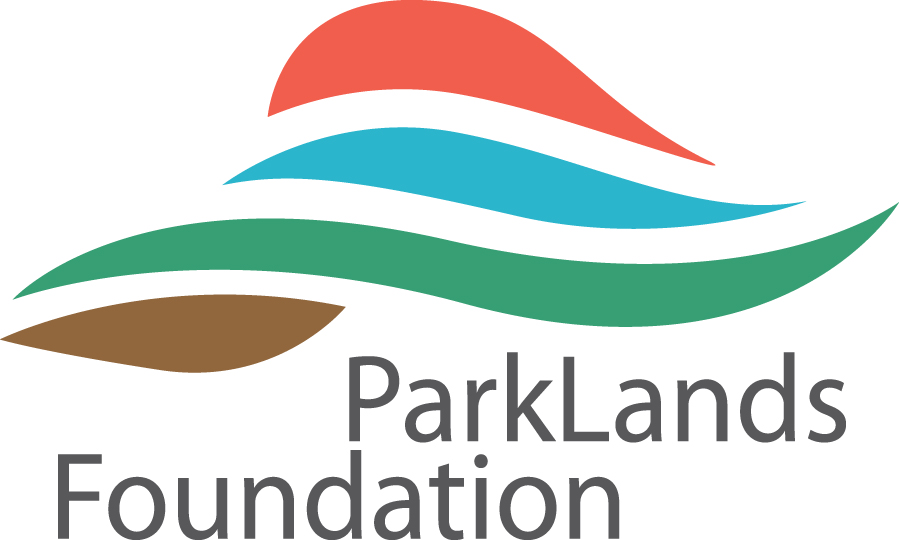Learn More About Weston Cemetery
History and Stewardship
Less than 0.01% of our state’s landscape exists as it did before European settlement just seven generations ago. In McLean County alone, an estimated 670,000 acres have been turned under for agriculture or urban sprawl. Other than a few fading strips of land wedged near railroad tracks or other right-of-ways, this 5-acre cemetery is all that remains of McLean County’s original prairie.
The main 3.5-acre block of high-quality prairie is owned by Yates Township and managed by the ParkLands Foundation. A narrow buffer strip that extends back to Weston along the southern edge of the train tracks was donated to the Natural Land Institute (NLI) by Flora Kelleher in 1982, and the NLI donated it to ParkLands in 1986.
The cemetery dates to the early 1870s. According to the Lexington Genealogical and Historical Society, the burial plots contain the remains of 80 individuals, with the most recent burial occurring in the mid-1950s. It laid mostly hidden as a non-descript, overgrown pioneer burial ground until June of 1971 when Chicago-area biology professor Robert Betz ran across an article in the local newspaper about the discovery of a virgin prairie remnant. In partnership with ISU professor of biology and ParkLands board president Dale Birkenholz, the biologists moved quickly to protect the remnant. The 3.5 acres surrounding the cemetery were dedicated as an Illinois Nature Preserve in April 1972.
The goal of the Illinois Nature Preserves Commission is to permanently protect these precious landscapes. The Nature Preserve designation is saved for the state’s rarest plants, animals, and land features. As summarized from the Nature Preserves Commission’s examination of the preserve:
“Weston Cemetery Prairie is a remnant of the vast tallgrass, black soil prairies that once covered more than 13 million acres of Illinois, the Grand Prairie Section of the Grand Prairie Natural Division. The mesic prairie at Weston Cemetery is in good to excellent condition. Nearly one hundred native plant species have been on the site. Common grasses include big bluestem, little bluestem, prairie dropseed and Indian grass. Typical prairie forbs include shooting star, prairie gentian, compassplant and woody betony. Current management practices being implemented to protect the prairie habitat are prescribed burning and exotic species control.”
Other notable species documented here include wild petunia, prairie violet, blue-eyed grass, New Jersey tea, leadplant, and prairie dock. The most important stewardship technique at this site is prescribed burn which controls invasive species and spurs new growth of native forbs and grasses. Half of the prairie is burned every year on a rotating basis.
Weston Cemetery Prairie Nature Preserve is only one of five Illinois Nature Preserves in McLean County, and one of three managed by the ParkLands Foundation; the other two being an 11-acre section of the Merwin Preserve and the Ridgetop Hill Prairie Nature Preserve in southeastern Woodford County.
